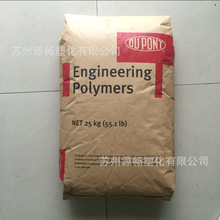hotspot

On Thursday, the Environmental Protection Agency finalized limits on a carcinogenic gas called ethylene oxide that is used to sterilize most medical devices. Sterilizing facilities had polluted the air unchecked for decades, leading to disproportionately high cancer risks in surrounding communities.
The agency first proposed limits on the gas in April 2023, with the goal of reducing emissions by 80%. Now, the agency is predicting an emissions reduction of 90%. The rule will require commercial sterilization facilities to monitor and submit proof of their reduced emissions. It aligns with the Biden administration’s greater mission to end cancer and commitment to environmental justice, the EPA said.
advertisement
Ethylene oxide is the most frequently used sterilizing chemical for devices that can’t be exposed to steam. It’s used to sanitize 20 billion devices in the U.S. per year, such as pacemakers, catheters, and ventilators. But long-term exposure to the gas can cause breast cancer, non-Hodgkin’s lymphoma, lymphocytic leukemia, and myeloma.

Get unlimited access to award-winning journalism and exclusive events.
Subscribe Log In








